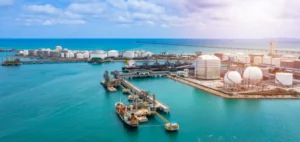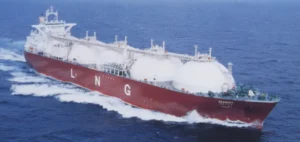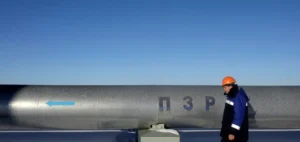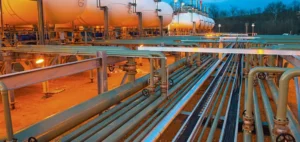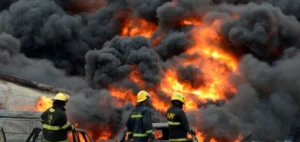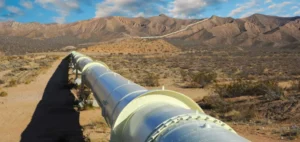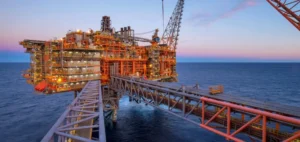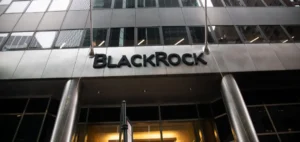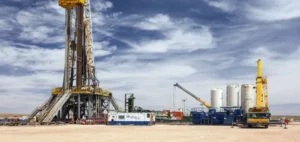JERA, Japan’s largest electricity producer, announced the restart of three gas-fired generating units totaling 2.35GW on July 8. This decision is designed to increase electricity supply in response to low power reserves in TEPCO Power Grid’s service area. The units concerned are No. 2 and No. 3 units, each with a capacity of 1 GW, at Sodegaura, and the No. 2 of 350MW at Minami Yokohama. In addition, JERA will increase generating capacity by 375.8MW above nameplate capacity at various coal- and gas-fired power plants, including the No. 6 600MW Hirono and coal-fired units No. 1 and No. 2 of 1 GW each at Hitachinaka. So, if power generation is boosted, Japan’s decarbonization will certainly be delayed.
Responding to Growing Demand for Electricity
This decision comes after an exceptional request from the Cross-Regional Coordination of Transmission Operators (OCCTO), which asked its members to increase their production and consumers in the Tokyo area to reduce their electricity consumption until 22:00 (local time). The integrated power reserve is expected to remain below 5% throughout the day due to higher demand.
Impact on the electricity market
OCCTO also ordered Chubu Electric Power Grid to supply 200 MW to TEPCO Power Grid between 9:00 am and noon, to avoid a supply shortage caused by the hot weather conditions. At 10:00 a.m., power reserves in the Tokyo area stood at 2.86%, below the 3% minimum required to ensure stable supply. This led to a rise in spot electricity prices, from ¥16.51/kWh on July 8 to ¥18.45/kWh on July 9 on the Japan Electric Power Exchange.
Future prospects and implications
The situation in the Kansai region is particularly critical, with a power reserve forecast at 1.57% at 7.00 pm. OCCTO could issue additional orders to guarantee power supply. These developments underline the vulnerability of the Japanese power grid to peaks in demand, and the need for proactive management of generation capacity. Coordination between the various regional operators and rapid adjustments to production capacity are essential to avoid large-scale blackouts and stabilize the market.





